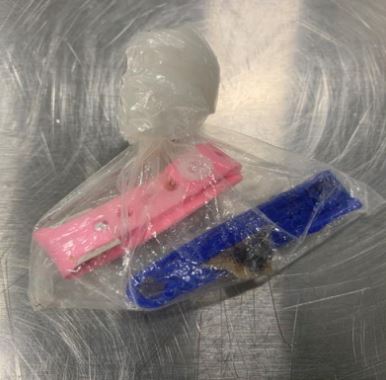Brain injuries are a major public health concern worldwide, leading to disability and death in individuals of all ages. Brain contusion, a common type of traumatic brain injury (TBI), is caused by a direct impact to the head that results in bruising, bleeding, and swelling of the brain tissue. This can lead to a range of neurological symptoms, including cognitive impairment, memory loss, and motor dysfunction.

The current therapeutic strategies for brain contusion are limited, and there is an urgent need for novel approaches that can improve the outcome of TBI patients. Recently, shikonin, a natural product derived from the roots of Lithospermum erythrorhizon, has been shown to possess neuroprotective properties and promote tissue repair in animal models of brain injury.
One of the mechanisms underlying the beneficial effects of shikonin is its ability to regulate autophagy, a cellular process that plays a critical role in maintaining cellular homeostasis and eliminating damaged or dysfunctional components. Autophagy defects have been implicated in several pathological conditions, including neurodegeneration and TBI.
Shikonin has been reported to modulate autophagy by activating the AMP-activated protein kinase (AMPK)/mTOR pathway, a key regulator of cellular energy balance and autophagy. This pathway is dysregulated in response to hypoxia/ischemia, a common feature of brain contusion.
To study the effects of shikonin on the survival of transplanted human umbilical cord mesenchymal stem cells (HUMSCs) in the area surrounding the contused brain tissue, an in vitro model of oxygen glucose deprivation (OGD) was used. HUMSCs were exposed to OGD for 12 hours, and TUNEL fluorescence staining was used to detect apoptosis.
The results showed that shikonin treatment decreased apoptosis and increased the expression of autophagy-related proteins, including LC3-II and Beclin-1. Furthermore, shikonin upregulated phosphorylated AMPK expression and downregulated phosphorylated mTOR expression.
To confirm the in vitro findings, green fluorescent protein-labelled stem cells were implanted into a traumatic brain injury model mice, and the survival of HUMSCs was observed after 7 days. Shikonin increased the number of cells in brain tissue surrounding the contusion 7 days after transplantation.
To further validate the role of autophagy in the neuroprotective effects of shikonin, the autophagy inhibitor 3-methyladenine was used. The results showed that 3-methyladenine attenuated the effects of shikonin and aggravated apoptosis in HUMSCs.
The findings of this study suggest that shikonin may regulate autophagy via the AMPK/mTOR signalling pathway and protect transplanted HUMSCs from apoptosis induced by hypoxia/ischemia. These results provide a promising therapeutic strategy for the treatment of brain contusion and other neurodegenerative disorders.
In conclusion, shikonin is a natural product with a wide range of pharmacological properties, including anti-inflammatory, antioxidant, and anticancer effects. Its ability to regulate autophagy via the AMPK/mTOR pathway makes it a potential candidate for the treatment of brain contusion and other neurological diseases.
If you need to test the purity and quality of shikonin, ultraviolet-visible (UV) and high-performance liquid chromatography (HPLC) are commonly used analytical techniques. UV spectroscopy is used to detect the presence of chromophores, which absorb light at specific wavelengths, while HPLC is used to separate and quantify the individual components of a complex mixture. These tests ensure that the shikonin used for research and clinical applications is of high purity and potency.